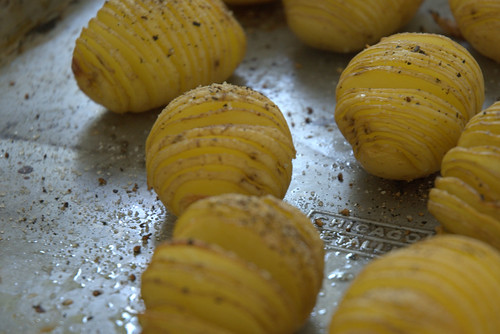My father makes a killer Tiramisu, but his recipe breaks a cardinal sin of cooking: he doesn't separate the eggs before whisking! When you whisk egg whites, you're actually denaturing proteins, which aggregate and form the stiff foam. For egg yolks, which are a lot fattier, whisking will instead emulsify the lipids (same thing happens in steamed milk). These distinct physical processes are also mutually exclusive. Lipids will prevent aggregation of denatured proteins. For dishes where the whites are cooked separately (such as meringues), egg separation is crucial. Still -- maybe my dad is right -- maybe since Tiramisu calls for the reunification of the egg for the final product, egg separation might be an unnecessary complication!
To test this hypothesis, I have to go against my word and bring research to my kitchen. I prepared two nearly identical Tiramisu dishes, with the only difference being the separation of eggs.
Parallel Tiramisu being prepared! Right: unseparated eggs; Left: separated eggs.
The result? Well, to zeroth order, I think the results are very similar in taste and appearance. There are two noteworthy distinctions: (1) It took way longer to whisk the combined eggs than the separated eggs. Easily three times longer. My arms are tired. If you have an electric mixer, then this isn't an issue. (2) The texture of the 'separated egg' Tiramisu is slightly thicker.


Parallel Tiramisu being prepared! Right: egg whites, egg yolks, combined egg whisked. Left: Separated egg whisking lead to a slightly grainier, thicker end result.
Although we can skip a step by whisking the egg whole, it actually makes the recipe preparation significantly longer without an electric mixer. Well, here's the recipe in its separated form. Combine the first two sentences if you do not want to separate eggs.
Tiramisu (6 dessert servings, ~1 hour prep time)
Ingredients
+ 4 eggs
+ ~400g Mascarpone
+ 7 Tbs sugar
+ 2 cups strong coffee, room temperature
+ One pack of Lady Fingers
+ Cocoa powder and Marsala wine (optional)
Preparation
Whisk† your egg whites until you have stiff peaks. Whisk your egg yolks with the sugar until you have ribbons. Gently fold the Mascarpone into the egg yolks, and then fold in the egg whites.
Add 2oz Marsala to your room-temperature coffee. Make a layer of lady-fingers in your serving dish by very briefly submerging each cookie and placing it as depicted in the first image above. Add a layer of the whipped concoction. Add another layer of coffee-soaked cookies, and finish with a final layer of the egg mixture.
Cover and refrigerate until ready to serve. Right before serving, sprinkle some cocoa powder on top. Enjoy!
(will update with a photo of served Tiramisu)
* Fun fact: the color of eggs is only a function of the hen variety. Hens with brown ears will lay brown eggs. Hens with white ears will lay white eggs.
‡ Fun fact number two: Hens have earlobes!
† Whisking is easier with fresh eggs.







